#roman silver
Explore tagged Tumblr posts
Text

The Capheaton Roman Treasure, 2nd-3rd century CE, Capheaton, Northumberland, The British Museum, London
These fragments of highly decorated silver vessels, perhaps from a temple treasure, was found in 1747. All the decoration is purely Roman and depicts religious and mythological subjects.
#capheaton treasure#roman vessel#roman silver#roman hoard#archaeology#ancient cultures#ancient craft#metalwork#metalworking#treasure#silver#temple#northumberland
51 notes
·
View notes
Photo

A ROMAN SILVER APPLIQUÉ HEAD OF MEDUSA CIRCA 3RD CENTURY A.D.
The helmeted head of Medusa in deep repoussé, with flowing hair and snake-like locks, wearing necklace, with details incised and traces of gilding, the reverse with a loop for attachment strap. 3 1/8 in. (8 cm.) diam.
#A ROMAN SILVER APPLIQUÉ HEAD OF MEDUSA#CIRCA 3RD CENTURY A.D.#silver#roman silver#ancient artifacts#archeology#archeolgst#history#history news#ancient history#ancient culture#ancient civilizations#ancient rome#roman history#roman empire#roman art
45 notes
·
View notes
Text
Roman-era silver 'toilet spoon' discovered in Wales

A Roman-era silver "toilet spoon" discovered by a metal detectorist in the U.K. has been declared a "treasure" by experts.
Valentinas Avdejevas made the peculiar finding in 2020 while exploring Vale of Glamorgan, a county in Wales. He surrendered the metal artifact to the Portable Antiquities Scheme for Wales, a local authority that works directly with metal detectorists who have unearthed artifacts. The utensil is currently in the possession of Amgueddfa Cymru – Museum Wales, according to a statement.
The narrow silver spoon (also known as a Roman ligula) contains a shallow, circular bowl attached to a thin, bent handle and would have been used to scoop out cosmetics and perfume from long-necked bottles. Read more.
3K notes
·
View notes
Text
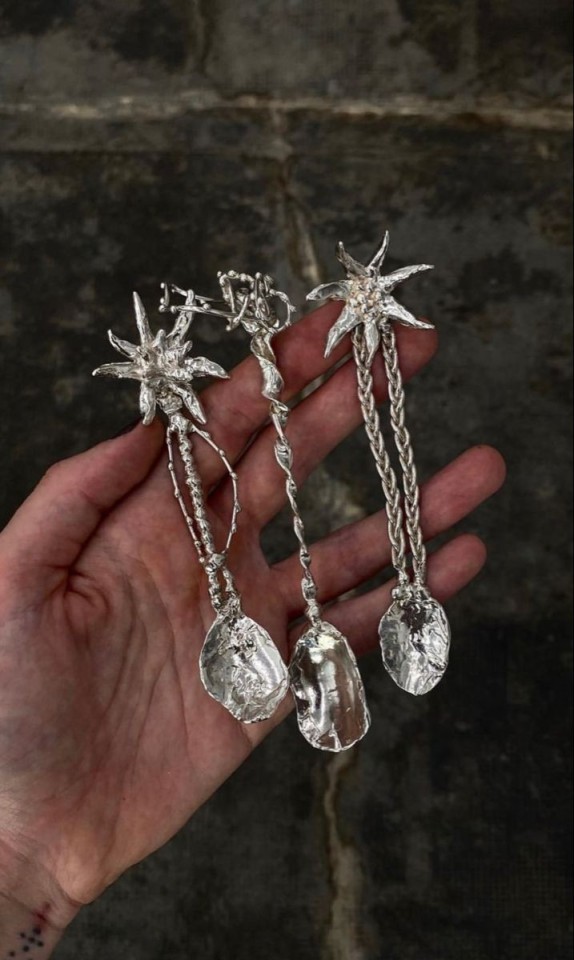
silver spoons by romane prunieres
487 notes
·
View notes
Text

The Englishwoman’s Bedroom, 1985
#vintage#vintage interior#1980s#80s#interior design#home decor#bathroom#vanity#conch shell#glass#silver#perfumes#scalloped#roman#shade#English#country#style#home#architecture
249 notes
·
View notes
Text

Silver handle from a serving dish. Roman. early 3rd century CE x
The handle depicts the triumphal return of Dionysus from India, an important aspect of the mystery cult, symbolizing triumph over death. The scene occurs frequently on contemporary Roman sarcophagi, but here the procession is shown in the context of Roman trophies, captives, and weapons.
273 notes
·
View notes
Text

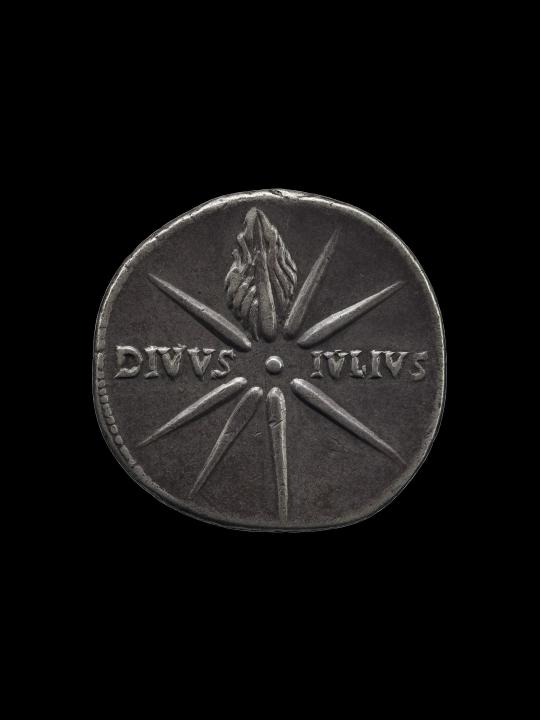
Denarius with head of Augustus wearing oak wreath (obverse) and comet with eight rays and inscription Divus Julius (reverse)
Roman (possibly minted at Caesaraugusta, modern Zaragoza in Spain), Imperial Period, 19-18 B.C.
silver
British Museum
#I love the coins of Augustus with representations of Caesar's Comet#I linked to the Wikipedia page if you want more info#denarius#Augustus#Julius Caesar#Caesar#Caesar's Comet#Divus Julius#Roman Empire#Augustan Period#Imperial Period#silver#coin#numismatics#British Museum
220 notes
·
View notes
Text


Silver coin of Mark Antony
Roman period ca. 40-31 BC
Drachm of the Roman General and Triumvir Marcus Antonius from Antiochia ad Orontem.
Obv. Bust of Mark Antony facing right. Rev. Head of Tyche facing right Inscribed, ΑΝΤΙΟΧΕΩΝΜΗΤΡΟΠΟΛΕΩΣ (of the metropolis of the people of Antioch)
The mint of Antioch produced a drachm coinage in its own name, but with a portrait of Antony on the obverse. On the reverse appeared the head of Tyche with the legend 'of the metropolis of the people of Antioch'. The date of the issue cannot be determined with precision. In concept, this coinage is analogous to, though of higher value than, the city bronze coinages with Antony and Cleopatra's portraits.
from The British Museum
#mark antony#marcus antonius#roman history#numismatics#silver coins#ancient coins#ancient art#antiquities#antiquity#ancient artifacts#british museum
120 notes
·
View notes
Text

#stevie nicks#lindsay buckingham#fleetwood mac#silver springs#girlblog#girlblogger#hell is a teenage girl#this is what makes us girls#girl interrupted#tragic girl#coqeutte#girlhood#lana del rey#salvatore#femcel#female manipulator#hyper feminine#female rage#female hysteria#just girly thoughts#just girly posts#roman empire#just girly things#girly tumblr#messy girl#i’m just a girl#tumblr girls#girly stuff#girly blog#girlblogging
48 notes
·
View notes
Text
i think a lot about how the roman thermae and bathing culture is presented as a sign of how Civilized and Advanced the romans were but one of the essential parts of the thermae was the caldarium, essentially a sauna, which was heated up through the floor.... under which slaves constantly had to toil to feed the fire while suffocating in the heat and steam that would rise through the floor to make free romans and the slaves' masters get a nice sweat, free to move on to the cold baths in the next room whenever they wanted.
#'roman citizenship was given to every free man in the empire' sure! but not only was that very late#but a very considerable portion of the population of the empire at any given point was a slave. most slaves lived horrific lives.#i mean i want to be clear rome wasn't like EXCEPTIONALLY brutal or bad to slaves compared to its neighbours#by which i mean that it was just as callous as most ancient mediterranean civilizations when it came to the treatment of slaves#and the scale of roman's brutality towards slaves matches the scale of its size and timeframe.#athenians were a much smaller population of the ancient world but slaves in the silver mines of laureion had a life expectancy of five year#that's still thousands upon thousands of people who suffered horrific deaths and lived the rest of their lives in miserable conditions#all to make the city rich#anyhow i don't think rome is like a particularly evil empire in the sense that all empires are evil#people love to imagine themselves ancient roman aristocrats but you would not have been one. you would be lucky to be a /domestic/ slave.#who still had shit lives tbc but exponentially better than working on the latifundiae#eli talks
108 notes
·
View notes
Text








Traprain Law Late Roman Hacksilver, The National Museum of Scotland, Edinburgh
#roman#roman army#roman silver#roman hoard#roman treasure#romans#archaeology#hoard#treasure#hacksilver#silver#wealth#roman living#roman society#ancient cultures
35 notes
·
View notes
Text


Roman Coin Hoard From Reign of Nero Found in U.K.
A hoard of gold and silver Roman coins dating back to the reign of Emperor Nero have been found during building works in Worcestershire.
The treasure, consisting of 1,368 Iron Age and Roman coins, includes the largest collection from the emperor's reign ever found.
Worcestershire Heritage, Art & Museums said the hoard was discovered in the Leigh and Bransford area, west of Worcester, in late 2023.
It is expected to be valued at more than £100,000.
Experts from the charity said the find was "one of the most important archaeological discoveries in Worcestershire in the last 100 years".

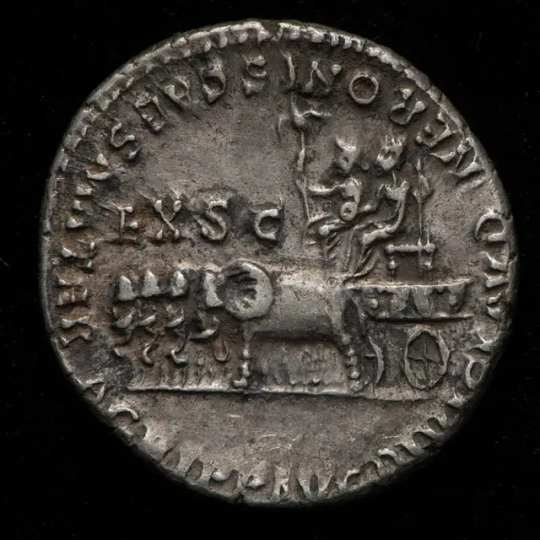
Most of the coins are silver denarii, minted in Rome and dating from the time of the Roman Republic in 157 BC up to Nero's reign between AD 54–68.
The sole gold coin is an Iron Age stater, which was minted for the local British tribe, the Dobunni, who were in the area now known as Worcestershire and neighbouring counties to the south and west in AD 20–45.
Dr Murray Andrews, lecturer in British archaeology at University College London, said the discovery was "remarkable".
"It's the most miraculous thing I've seen over the last 100 years," he said. "It's an important piece of archaeology.
"It tells us about what was happening here 2000 years ago, when the Malvern hills were maybe the boundary of the Roman Empire."
One expert theory is that the hoard represents the savings of a wealthy local farmer, who made his money by supplying the Roman army with grain and livestock.
The sheer number of coins meant that the hoard would have represented a "very considerable sum of cash" at the time it was buried, the expert said.
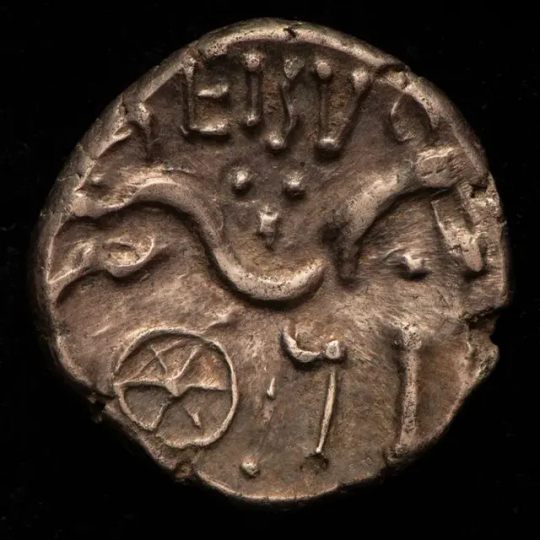

It is likely that the pot containing the coins was made at one of the pottery kilns based at the foot of the Malvern Hills.
After the hoard was declared as treasure by a Worcestershire coroner in June 2024, Worcestershire Heritage, Art & Museums said it was aiming to help raise funds to buy the hoard so that it can go on public display.
It aims to raise £6,000, and hopes the remainder of the cost will be met through grant-funding applications.
If the money cannot be raised, the hoard will be returned to its finders or the landowner and may not ever go on public display.
Chair of Worcestershire County Council's joint museums committee, Karen May, said: “What a fantastic find and so important for anyone wishing to understand more about the county’s heritage.
"This is real Worcestershire treasure, and it needs to be seen and enjoyed by Worcestershire residents for generations to come.”
The hoard is the third to have been found in the area in the past 25 years.
In 1999, 434 silver coins and 38 shards of pottery were found near Chaddesley Corbett.
In a much larger find, two detectorists from Redditch found a clay pot full of 3,784 coins on Bredon Hill in 2011.
By Will Jefford.

#Roman Coin Hoard From Reign of Nero Found in U.K.#Worcestershire#treasure#coins#collectable coins#roman coins#gold#silver#silver denarii#Iron Age state#ancient artifacts#archeology#archeolgst#history#history news#ancient history#ancient culture#ancient civilizations#roman history#roman empire#Roman Emperor Nero#Worcestershire Conquest Hoard
110 notes
·
View notes
Text











YOU AND ME, WE GREW UNDER A BAD SUN
in which silver and max really are twins, after electra and daughters of the dust (insp. @gayvampiredivorce)
electra - trans. anne carson / stellar siblings grow closer with age, aaron m. geller / succession s1e5: i went to market / daughters of the dust dir. julie dash / crush, richard siken / lupa, matthew nienow / cain, josé saramago
#welcome back shiv and roman!!!!#yes this is a fic and yes i am working on it!!!!!!#also silver is black in this because i said so#bs#black sails#black sails web weave#webweave#web weaving#john silver#max black sails#max bs#silvermax#electra#anne carson oresteia#succession#daughters of the dust#photo/vid/gif
102 notes
·
View notes
Text
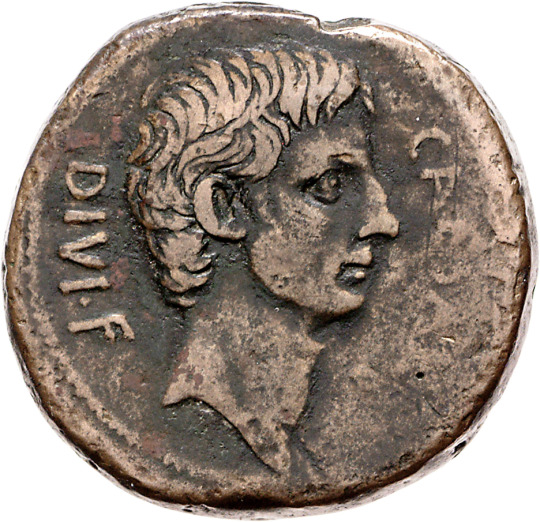
Octavianus
* Italy
* 38 BCE (about)
* silver
* CAESAR - DIVI F
* Berlin state museums, numismatic collection
Source Münzkabinett, Staatliche Museen zu Berlin
Creator: Dirk Sonnenwald
Copyright Notice: Public Domain; CC BY-SA @ Münzkabinett;
105 notes
·
View notes
Text
Summary of art? Summary of FNAF, you mean 🤨
God dammit

#summary of art 2024#summary of art#art challenge#art#fanart#fan art#digital art#my art🐀#fnaf#au#five nights at freddy's#traditional art#william afton#william afton x oc#notffdr#notffdroutine#original character#roman kraus (not)ffdr#roman kraus#phone guy#springtrap#dave miller#dave miller silver eyes#the silver eyes#ffdr#michael afton
23 notes
·
View notes
Text

Silver handle. Roman 1st century CE. x
This handle belongs to a small vessel—a cup or possibly a lamp—and is said to have been found near Rome.
58 notes
·
View notes